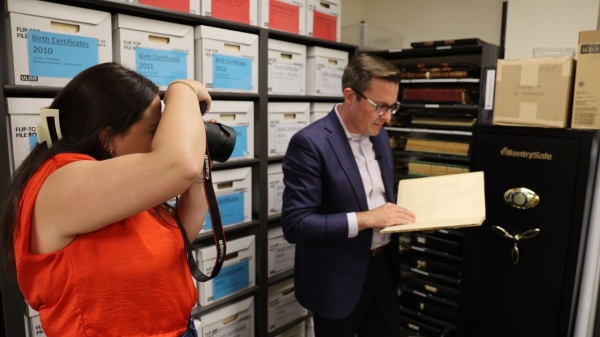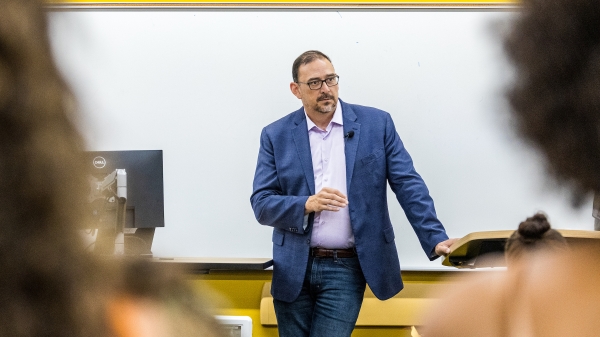This fall there is more on Americans' minds besides cooler weather and autumn colors. With the changing of the season comes talk of elections.
Election season brings with it the discussion of topics like health care, immigration, national security and racial issues. Have varying opinions on these topics always existed amongst political parties in the United States? Does that divergence hold true among racial and ethnic groups as well?
Arizona State University Assistant Professor Narayani Lasala-Blanco, Robert Y. Shapiro and Joy Wilke take a deeper look in their recent article “The Nature of Partisan Conflict in Public Opinion: Asymmetric or Symmetric?” published in American Politics Research.
The data for this article was assembled from over a 45-year timespan and tracked Democratic and Republic opinion changes by race and ethnicity for many issue areasThe issue areas included in the analysis are: social safety net spending, health care spending, inequality, standard of living, environmental spending, government scope and performance, immigration, racial issues, abortion, gay rights, gay marriage, women’s role, national security spending, foreign aid, diplomacy and world affairs..
Lasala-Blanco, who is part of the School of Politics and Global Studies, spoke with ASU Now about a few takeaways from their research.
Question: What were some of your key takeaways when looking at the political parties as a whole?
Answer: The main takeaway is that reports in the media and think tanks incorrectly give the impression that all groups are equally polarized on all issues and that this polarization is symmetric — due to Republicans becoming more conservative and Democrats more liberal over time. If it weren’t for people of color, especially Blacks and Hispanics, the partisan conflict would be a lot more bitter and polarization in the country would be more extreme. This is very important as Blacks and Latinos are often portrayed as too liberal or even radical in issues such as immigration, racial issues and welfare when in fact, both Republican and Democrat Black and Latino opinion continue to be more moderate than their fellow white partisans.
Also, taking the time to track partisan opinion over time and for different groups allowed us to find out that symmetric polarization is a rare phenomenon; it only happens for a few issues even among white partisans.
Q: Do these partisan trends hold true when looking at those with and without college degrees?
A: Yes, the only difference is that those without a college degree had a much more conservative starting view on most issue areas. For example, Republicans especially have not changed their positions about race or immigration in the past four decades.
Q: Looking ahead, might we expect a continuation of partisan divergence when looking at political opinion on these issues? Or is there reason to expect less partisan polarization?
A: It seems like partisan divergence is here to stay in certain issues. However, the picture this data paints opens up significant opportunities for more moderate leadership and candidates in both parties to seize this opportunity and get elected, which in turn would contain partisan divergence in the general public. Also, population replacement will matter if trends continue as they are among groups. The bigger the influence Latinos and Blacks have, partisan divergence and extreme partisan conflict should decrease.
More Law, journalism and politics

New report documents Latinos’ critical roles in AI
According to a new report that traces the important role Latinos are playing in the growth of artificial intelligence technology…

ASU's Carnegie-Knight News21 project examines the state of American democracy
In the latest project of Carnegie-Knight News21, a national reporting initiative and fellowship headquartered at Arizona State…

Arizona secretary of state encourages students to vote
Arizona Secretary of State Adrian Fontes looked right and left, taking in the more than 100 students who gathered to hear him…
